Contents
The main ingredient in blood is water, which means it usually can’t provide enough energy for big-bodied hunters. And since most animals keep their blood closely guarded, real-world vampires must rely on stealth and persistence for even the tiniest sip. Dracula is probably famous for drinking blood. But while Dracula might be mostly fictional, the animals that drink blood are very real. Here are the list of blood thirsty animals.
1. Candiru
Catfish may look kind of freaky, what with those long barbel hanging down from their mouths, but what’s even freakier is that there’s a group of them in South America who drink blood. And not just any blood; they require it fresh from the source.
Researchers knew for some time that the small catfishes called pygidiids could be lured with raw meat and sometimes fed on dead mammals left in the water. In 1960, one researcher caught one of the blood-suckers and “permitted [it] to fasten onto his hand for a short while during which time it succeeded in drawing blood, apparently using its mouth as a sucking apparatus and rasping with the long teeth in the middle part of its upper jaw.” It seemed, he added, “to be utterly avid for a meal of blood and had to be forcibly removed.” Yum.
Given all that, it may seem like these crazy little catfish just go for anything bloody. But in 1959, the Cleveland Aquarium became home to 4 of the fish, called candirus. The keepers there tried to feed them frozen brine shrimp, living worms, chopped worms, raw smelt, minced raw smelt, freshly killed goldfish, or goldfish blood.
But the candirus weren’t having any of it. For three days the candirus maintained their hunger strike. And then, on the third day, a half-pound goldfish was put into their aquarium. Almost immediately, according to the report, three of the four latched onto the goldfish under its gills and began sucking blood.
2. Tick
Ticks are some of the most prolific vampires on Earth, capable of drinking up to 600 times their body weight in blood thanks to a stretchable outer shell (pictured at left). They prefer warm, wooded areas near water, and while they rely on a range of tactics to find food some wait in tall grass, while others hunt for hosts — they all use similarly vicious teeth, claws and feeding tubes to dig in once they find it.
A tick bite won’t turn you into a vampire, but it can spread illnesses like Lyme disease, so act quickly if you’re bitten by this bug.
3. Vampire Bats
Bats are a staple of vampire lore, but not many of them actually walk the walk: Of the roughly 1,000 known bat species, only three drink blood. Two of those — the hairy-legged vampire bat and the white-winged vampire bat mainly prey on birds, while the common vampire bat is a bit more versatile.
It evolved to drink blood from a variety of Central and South American wildlife, but as growing farms and cities shrank that food supply, it started targeting the intruders instead. Today it feeds mainly on cattle, horses and other livestock, as well as humans, a diet that likely helped it avoid extinction. Its bite alone isn’t dangerous, but it can spread rabies, which poses a public-health threat across much of its habitat. This year, for example, four children died in Peru after vampire bats sparked a rabies outbreak among the local Awajun tribe.
4. Meta-Mosquitoes
Mosquitoes may be just the worst, but they’ve got their own blood sucking parasites to contend with. That’s right; mosquitoes suffer from even tinier blood suckers. The little critters that suck the blood out of mosquitoes are tiny little midges called Culicoides anophelis. They were first discovered in 1922, but it was only recently that a group of researchers really paid them any real attention. As dangerous as mosquitoes are for us, imagine what it would be like to be a mosquito and to have to contend with a dinner-plate sized midge landing on you to suck out your blood.
5. Madrilenial Butterfly
Well, sort of. Most people would probably think butterflies are pretty harmless creatures, flapping around outdoors and doing nothing wrong to anybody. But they must not have heard of the Madrilenial butterfly, which drinks blood from fresh corpses. Of course, this one type of butterfly isn’t going to take you down and feast on your blood, but it’s still food for thought. And of course there are lots of other animals that drink blood as well, with the obvious contenders such as vampire bats along with ticks, bedbugs and leeches.
6. Kissing Bugs
Chagas is most common in Latin America, and while U.S. outbreaks are rare, kissing bugs have still caused trouble lately in Southwestern states like Arizona and Texas. Aside from spreading Chagas, their bites can spur allergic reactions including swollen-shut eyes, blistered skin, breathing difficulties and even seizures. The best way to control kissing bugs and other so-called “assassin bugs” is to close any entry points to a house, such as gaps under doors, windows and walls.
7. Vampire Finch
The sharp-beaked ground finch normally eats seeds, and often abandons arid areas for more hospitable spots during the dry season. But one of its subspecies stays on two arid islands all year, supplementing its diet of seeds with a feast of blood. Known as “vampire finches” they have a unique strategy for stealing blood from seabirds: They pick at wounds on the larger birds’ backs, just enough to keep the injuries open and the blood flowing, but not so much that their hosts fight back or fly away.
8. Hood Mockingbird
The Hood Mockingbird is endemic to the Galapagos Islands and occurs only on Espanola and Gardner Islands. It is larger than other species. Fearless of humans, it may land on their head or some object, often searching for food and drink.
This species lives in groups of 8-10 birds, sometimes up to 40 individuals. They are territorial, with an established hierarchy within the group. The Hood Mockingbird has developed some peculiar feeding behaviour, especially in dry season: it drinks blood from wounds on living sea lions, from sea lion placentas, on marine iguanas and nestling boobies.
9. Vampire Moth
It is often referred to as the Vampire Moth (although this common name is also used for other members of the Calyptra genus), referring to their ability to drink blood from vertebrates, including humans, through skin. However, the moths are not thought to cause any threat to humans. Calyptra thalictri is a moth of the Noctuidae family. It is native to the area ranging from Japan and Korea, South to China and Malaysia, west through the Urals to Southern Europe but it has recently expanded its range to northern Europe. In 2000, it was observed in Finland and in 2008 it was recorded even further west, in Sweden.

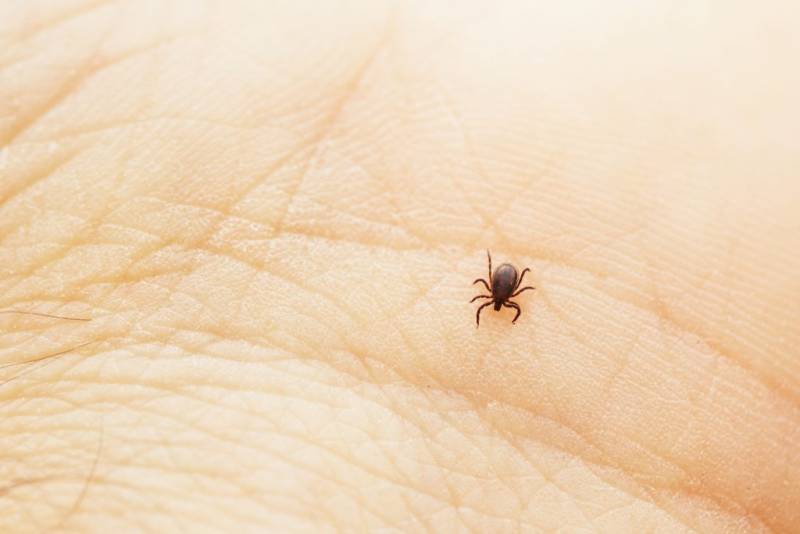
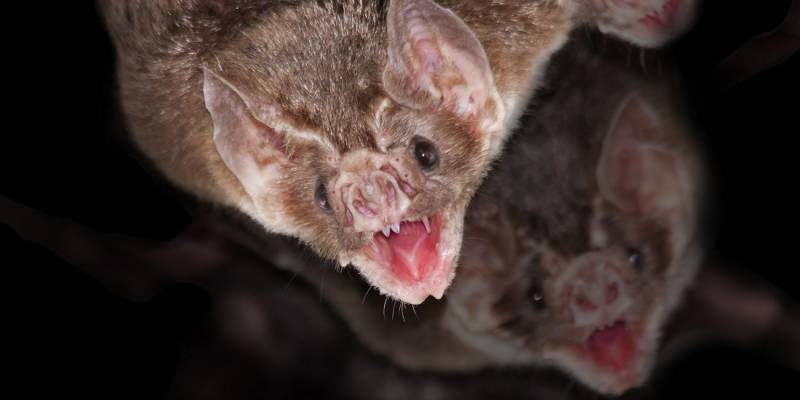
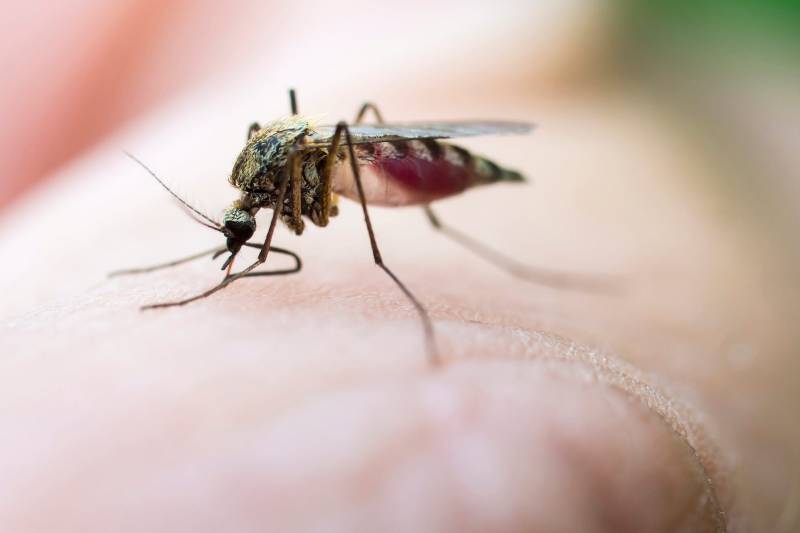


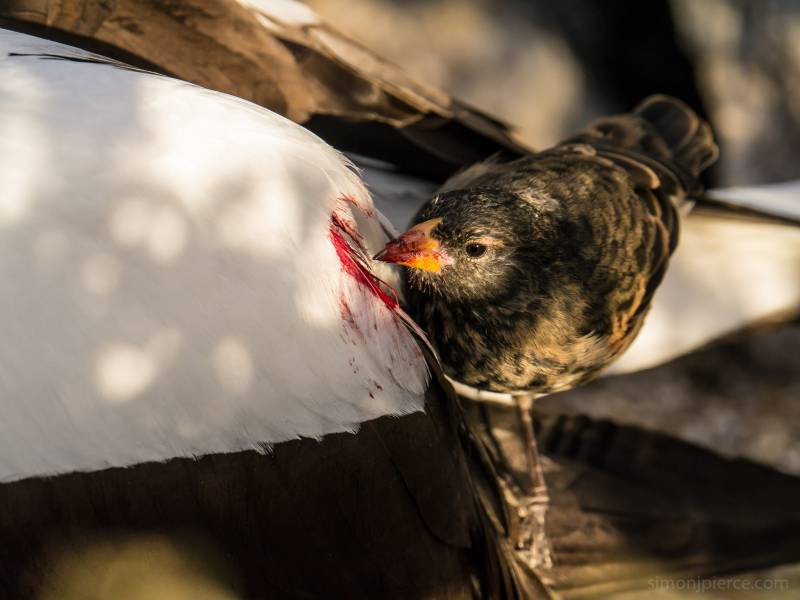
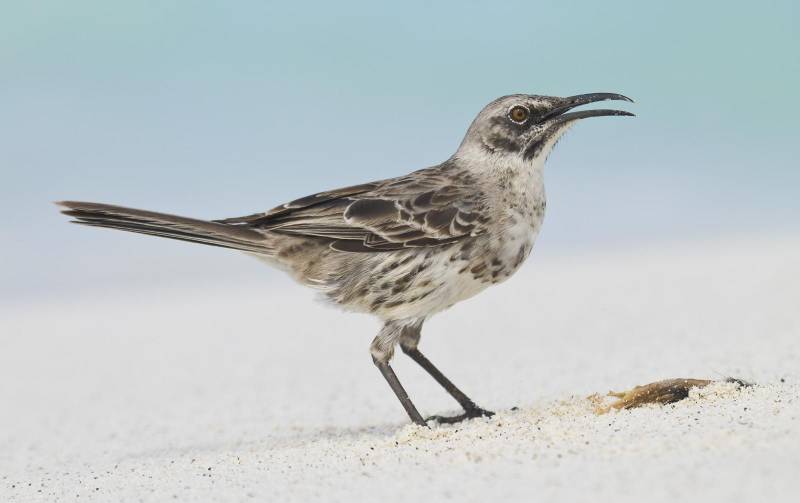
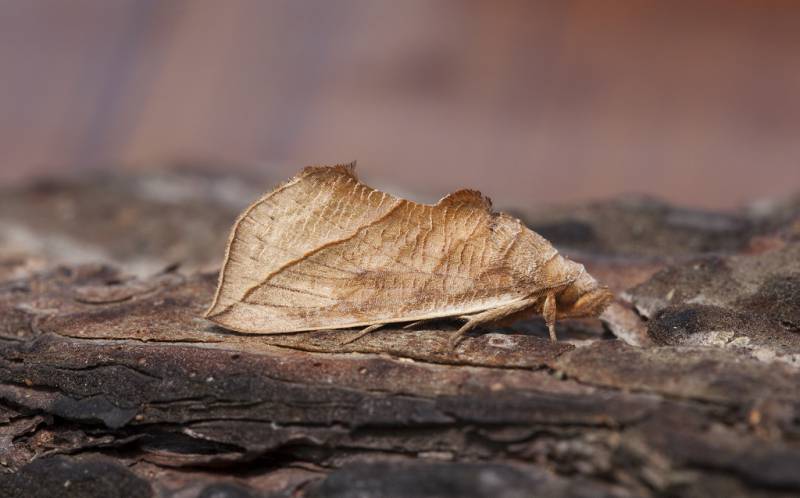
Leave a Reply